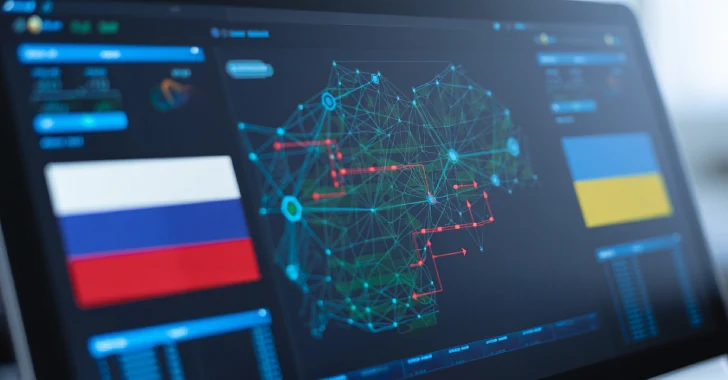In today’s digital era, cybersecurity transcends traditional IT concerns, becoming a pivotal business imperative. Chief Information Security Officers (CISOs) are at the forefront of this transformation, tasked with embedding a culture of cybersecurity accountability throughout their organizations. This article explores strategies for CISOs to cultivate such a culture, ensuring that every employee recognizes and fulfills their role in safeguarding the company’s digital assets.
The Evolving Role of the CISO
Historically, CISOs focused primarily on technical defenses and incident response. However, the landscape has shifted dramatically. Modern CISOs are strategic leaders who must influence company culture, foster cross-departmental collaboration, and communicate risks in terms that resonate with non-technical stakeholders. This expanded role necessitates a holistic approach to cybersecurity, integrating it into the organization’s core values and operations.
Challenges in Establishing Accountability
One of the primary challenges CISOs face is the misalignment between their accountability and authority. They are often held responsible for security breaches without having complete control over all systems, processes, or personnel that impact security. This disconnect can lead to inefficiencies and vulnerabilities. To address this, it’s crucial to distribute accountability across the organization, ensuring that every department understands and embraces its specific security responsibilities.
Strategies for Cultivating Cybersecurity Accountability
1. Define Clear Roles and Responsibilities: Assign and document specific security tasks and expectations for every role within the organization. This clarity eliminates ambiguity and ensures that all employees know their part in maintaining security.
2. Secure Executive and Board Support: Engage leadership to champion cybersecurity initiatives. When executives prioritize security, it sets a tone that permeates the entire organization, making it a visible and persistent priority.
3. Enhance Security Awareness: Move beyond generic training sessions by providing ongoing, role-specific education. Tailored training makes security practices more relatable and actionable for employees, fostering a deeper understanding and commitment.
4. Measure and Report Outcomes: Establish metrics that track both technical security performance and the adoption of accountability practices. Regularly sharing these results with stakeholders promotes transparency and continuous improvement.
5. Implement Structured Governance: Create formal processes for risk management, incident response, and decision-making. Structured governance ensures that authority and accountability are clearly mapped and enforced, reducing the likelihood of oversight.
Embedding Accountability into Organizational DNA
Establishing a culture of cybersecurity accountability is an ongoing journey that requires consistent leadership, communication, and reinforcement. CISOs must work closely with business units to make security relevant to their unique objectives and challenges. This involves translating technical risks into business impacts, collaborating to design pragmatic controls, and empowering departmental security champions who advocate for best practices within their teams.
Recognizing and rewarding positive security behaviors encourages a proactive mindset, while transparent, non-punitive handling of incidents fosters an environment where employees feel safe to report issues. By integrating these practices, organizations can build a resilient security culture that not only protects assets but also supports business growth and innovation.
Conclusion
In the modern business landscape, cybersecurity is a shared responsibility that extends beyond the IT department. CISOs play a critical role in fostering a culture of accountability, ensuring that every employee understands and embraces their role in protecting the organization’s digital assets. By defining clear roles, securing executive support, enhancing awareness, measuring outcomes, and implementing structured governance, CISOs can embed cybersecurity into the organizational DNA, creating a resilient and proactive security posture.



